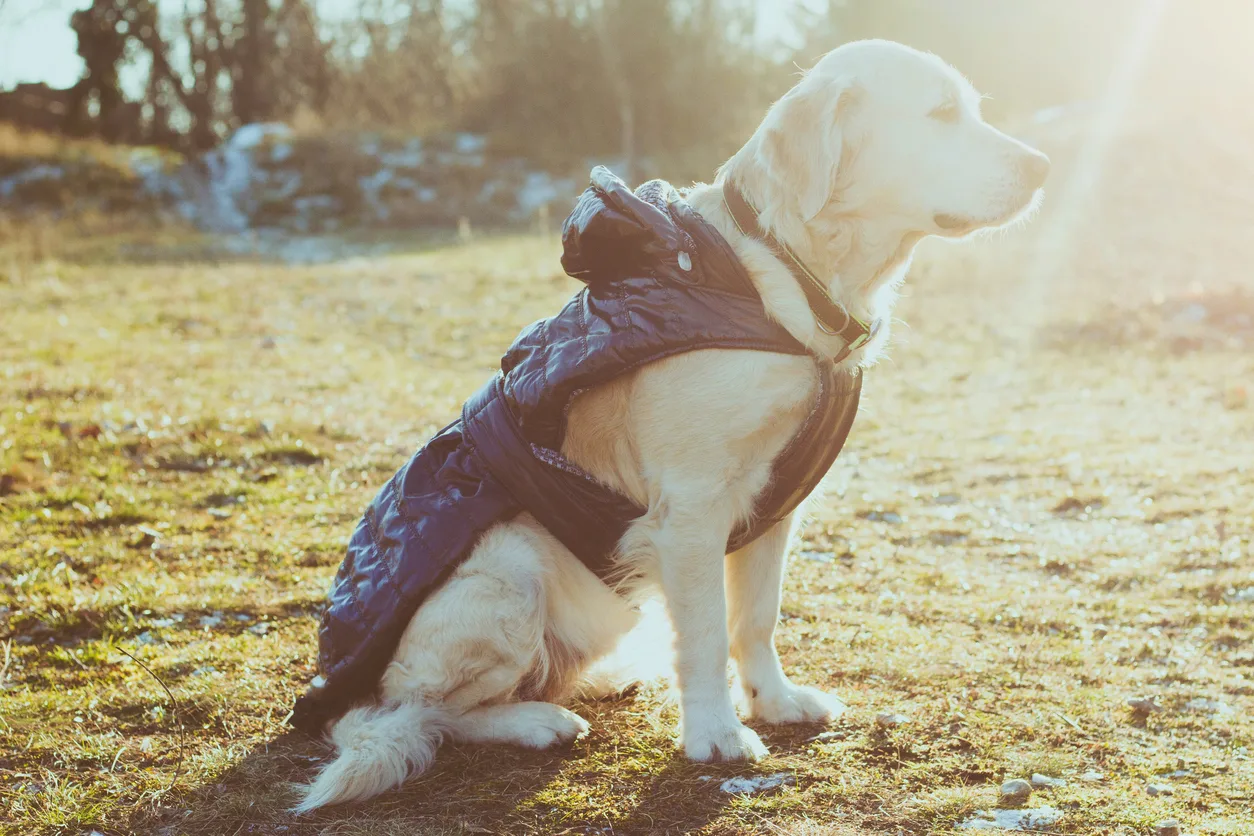You probably have a first-aid kit in your home and another in your car for all of the humans in your household. Your pets may at some point need emergency care as well, at home and on the road, so having a pet-specific first aid kit you can carry with you is well-advised.
You can purchase pet first aid kits from most pet stores; this is a fantastic option if you’re pressed for time or need something immediately. But it’s just as easy to customize your own kit if you know what you need. It’s also a better way to address individual concerns if your dog has quirks, medical conditions, or specific issues you might need to address.
In this post, we’ll teach you how to put your own kit together and what to include. We’ve outlined standard first aid items and a few advanced tools. Our hope is that you never need to use your kit, but if you do, the items inside will ensure you’re prepared.
Starting with the Basics
Some of your most basic first-aid supplies are great for both people and pets, so you can use a human kit as a base if you want to build a kit that is family-friendly instead of two completely separate kits.
The most critical first-aid supplies include:
- Aspirin.
- Sterile saline.
- Gauze pads and tape.
- Single-use cold packs.
- Scissors and tweezers.
- A foil emergency blanket.
- Pedialyte for rehydration.
- Anti-diarrheal medications.
- Gloves (avoid latex if you can).
- Antiseptic wipes for cleaning wounds.
- Triple antibiotic ointments or sprays.
- Eye droppers to administer medications.
- Alcohol to sterilize tweezers and other tools.
- Dawn dish soap to clean your skin or your dog’s fur.
- Bulb syringes or large plastic syringes for would flushing.
- Milk of magnesia (to absorb poison if instructed by your vet).
- Hydrogen peroxide (to induce vomiting if instructed by your vet).
- A rectal thermometer and lubricating jelly (petroleum works fine).
Think outside the box. What if you’re home and don’t have any gauze pads? Try clean rags and socks to keep wounds clean until you get to the vet.
Duct tape is also great for temporarily taping wraps in place in an emergency. To prevent it from sticking to your pet’s fur, cut two strips nearly equal in length, but leave one strip slightly longer. Press the two pieces of tape together glue side in with a 2-inch tab overlap with glue exposed at both ends. Gently press it over the gauze or clean sock, securing it in place with the two “tabs.”
Confining Your Dog
If you do find yourself in a pet emergency situation, you’re going to want to first confine your dog so that he doesn’t become more upset or scared and end up injuring himself more. Some items you may need to do this include:
- A leash (preferably short, rather than retractable).
- A muzzle to prevent dog bites.
- A small dog crate for use at home.
- A pet carrier for travelling and vet trips.
Only use muzzles if your dog is not vomiting. If you don’t own a muzzle, and need to make something work in the meantime, it is possible to use wide strips of cloth, but you need to be exceptionally careful as an improperly tied homemade muzzle can interfere with breathing.
Dog-Specific Items
Every dog-specific pet first aid kit should include a few dog-specific items. Here’s a few of our favorite:
- A canine first aid (specific to your breed, if possible).
- Copies of all of your pet’s important paperwork, especially rabies vaccination records.
- A recent photo of your pet in case he gets lost while traveling.
- Any medications your vet has prescribed your dog for daily use.
- Styptic powder to stop bleeding if your dog gets a cut or torn nail.
- Benadryl or prescribed allergy medicines for allergic reactions.
- Sugar tablets (often dextrose) to help diabetic dogs in emergencies.
- Dog treats are great for calming and distracting pets that are injured or scared.
- Self-clinging bandages that stick to themselves and not your pet’s fur.
- Ear-cleaning solutions.
- Canned pumpkin.
You should also include a list of important contacts, including your veterinarian, an emergency clinic, and a pet-specific poison control hotline (if you are traveling, research clinics along your general route for reference).
Curious about the pumpkin? A tablespoon or two does a remarkable job of stopping diarrhea or constipation. Just be sure it’s pure pumpkin, not pie filling!
Other Useful Components
There are quite a few other components pet owners like to include, especially for trips and adventures. We’ll cover those items here in this section.
Humans and dogs both need water for drinking purposes, especially to rehydrate, so it helps to include a few bottles of clean water in your kit. Water is also good for flushing wounds if you are out of saline, and can be used to soak sore or injured paws or to cool pets that have become overheated in the car or in the sun.
Speaking of drinking, bottles are hard for dogs to drink from, even with your help. Make sure you pick up a collapsible dish.
Old credit cards, store discount cards, or sale cards can be recycled if they’re flat and relatively sturdy. You can use them to gently scrape the skin and remove bee or wasp stingers.
What information does your pet’s tag have on it? Put a spare or temporary tag made with cell phone numbers or updated information in your first aid kit when you travel. These will help you to quickly get your dog back if he bolts out of fear.
If your pet is microchipped, instead of wearing tags, carry proof of ownership papers with you. Ensure they’re updated before you travel or head out.
Common Sense Dog Care
While your dog is as likely to get into a minor scrape as a child, there are times when DIY first-aid is just not appropriate. Seek emergency care from an animal hospital if you are ever in doubt, especially if your dog was hit by a car, fell from a large height, seems to have injured his back, or is limping and refusing to put weight on a limb.
Dogs that are lethargic and unresponsive also need immediate care, as do dogs with cuts or abrasions that refuse to stop bleeding or show signs of infection.
Stress and trauma can upset a dog and cause a change in his gut bacteria, creating an illness that may not manifest for several days. If you provide first aid at home, you should watch your dog for vomiting, diarrhea, or bloody stools in the days following his or her injury.
If your dog begins to exhibit new symptoms, despite first aid care, it’s time to seek veterinary care. Make an appointment right away so your dog can start on the proper medications and diets necessary to heal.
Lifelong Learning Needs
While books and first aid kits are handy and helpful, nothing beats a good, old-fashioned first-aid class. Ask your vet to recommend a dog first-aid class near you so that you can better learn and understand your four-legged friend’s unique needs. Your teacher may even train you in proper canine CPR and Heimlich maneuvers, something that could very well save her life.

